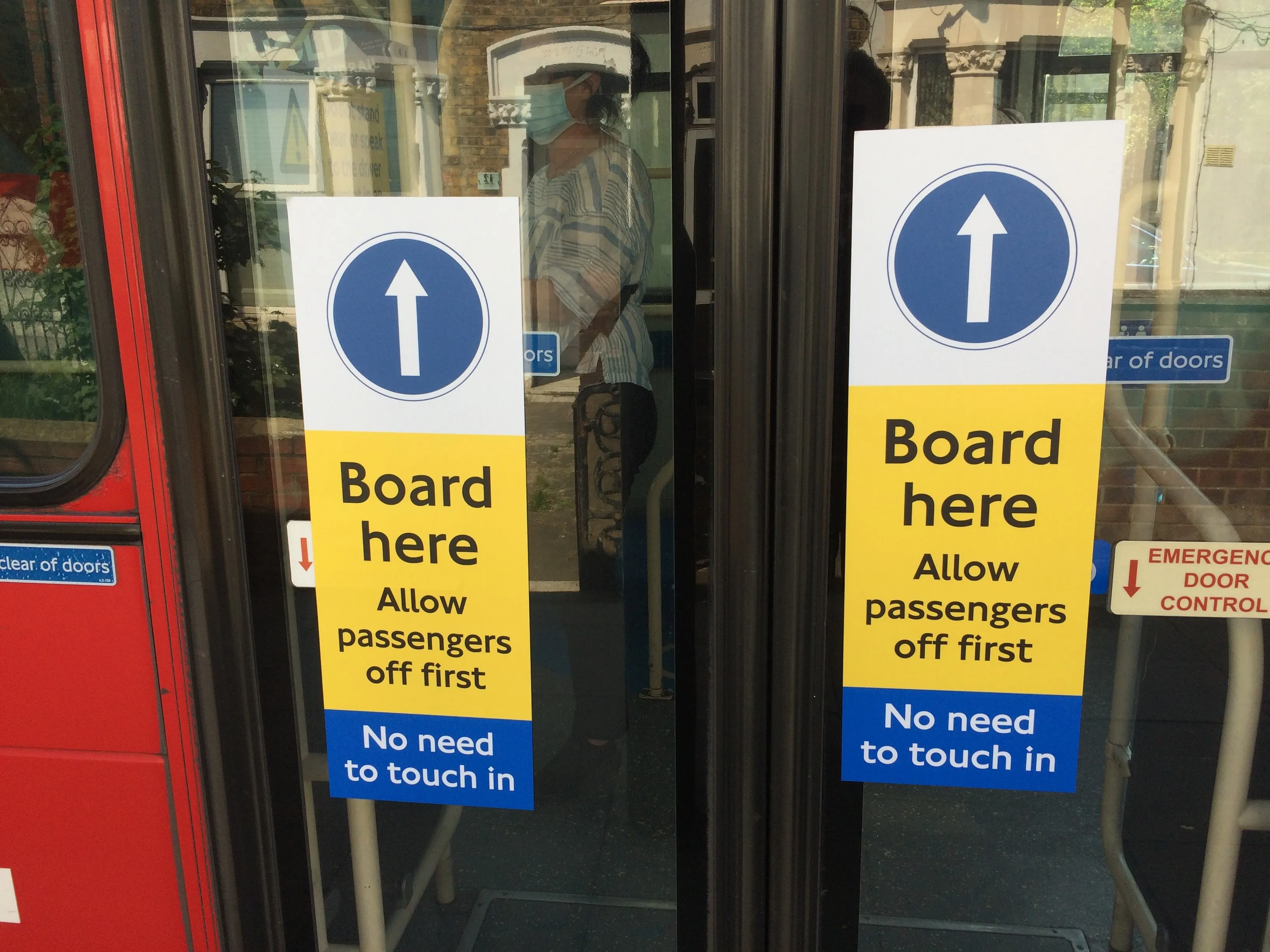TRL Software has announced the latest release of its Transyt 14 that incorporates specific functionality for the easy assessment of isolated signal-controlled junctions, in addition to its more traditional roles.
February 6, 2012
Read time: 1 min

TRL says that by using its 'embedded link' technology Transyt, in combination with an Arcady and /or Picady licence, users can model within their network non-signalised through to partially and fully signalised roundabouts and mixed-controlled junctions. All the data is stored within the one Transyt file.









